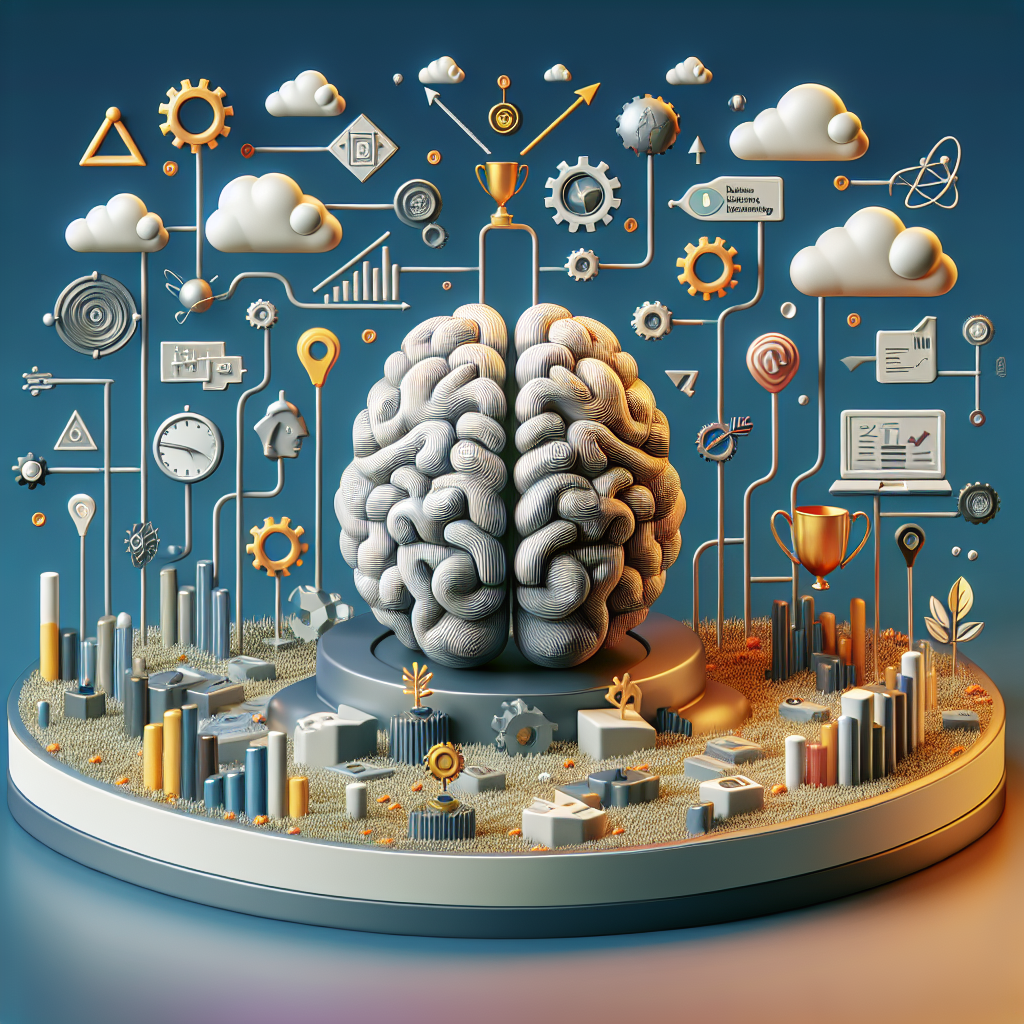Mastering Transfer Learning: Technical Insights, Applications, and Best Practices

In the landscape of Artificial Intelligence (AI), transfer learning has emerged as a groundbreaking technique, revolutionizing machine learning models' training efficiency and effectiveness. Transfer learning leverages pre-trained models and repurposes them for new, often related, tasks, significantly reducing the computational resources and data required. This blog post delves deep into the technical aspects of transfer learning, explores its diverse applications, and outlines best practices for its effective implementation. Aimed at readers with a technical interest in AI, this post provides a comprehensive guide to one of the most powerful tools in the AI toolbox.
Technical Overview of Transfer Learning
Transfer learning focuses on transferring knowledge gained from one task to improve the performance on a different, but related task. Here are the core technical components:
1. Pre-trained Models
Pre-trained models are neural networks trained on large datasets and tasks, such as image classification on ImageNet or language modeling on extensive text corpuses. These models capture high-level features that can be repurposed for new tasks with limited data.
2. Fine-Tuning
Fine-tuning involves taking a pre-trained model and training it for a new, specific task. This process usually involves replacing and training the final layer(s) while keeping the previously learned weights fixed or adjusting them slightly. This allows the model to adapt to the nuances of the new task.
3. Feature Extraction
In the feature extraction approach, the pre-trained model is used to extract meaningful features from the new dataset. These features are then fed into a different model (e.g., a classifier) without modifying the pre-trained model's weights.
4. Domain Adaptation
Domain adaptation is a subset of transfer learning where the source and target tasks are the same, but the domains (datasets) are different. Techniques such as adversarial training and domain confusion losses are used to make the model domain-invariant.
Applications of Transfer Learning
Transfer learning has a broad range of applications, each benefiting from the efficiency and effectiveness of pre-trained models:
1. Computer Vision
In computer vision, transfer learning is widely used for tasks such as object detection, image segmentation, and classification. For example, models like VGG, ResNet, and Inception are pre-trained on ImageNet and fine-tuned for specific applications like medical image analysis and facial recognition.
2. Natural Language Processing (NLP)
NLP tasks, like sentiment analysis, named entity recognition, and language translation, leverage pre-trained language models such as BERT, GPT-3, and RoBERTa. These models are fine-tuned on task-specific datasets to achieve state-of-the-art performance.
3. Healthcare
In healthcare, transfer learning is instrumental in developing diagnostic tools. Pre-trained models on large medical datasets are fine-tuned for detecting specific conditions, such as cancers in medical imaging. Companies like PathAI and Zebra Medical Vision use transfer learning to enhance their diagnostic solutions.
4. Autonomous Driving
Transfer learning aids in the development of autonomous driving systems by transferring knowledge from simulations and pre-trained vision models to real-world driving scenarios. Tesla and Waymo employ these techniques to improve the robustness and safety of their self-driving cars.
5. Text-to-Speech and Speech Recognition
In speech recognition and synthesis, pre-trained models like WaveNet and Tacotron from Google's DeepMind are adapted for converting text to human-like speech and recognizing spoken language with high accuracy.
Best Practices for Implementing Transfer Learning
To fully exploit the potential of transfer learning, consider the following best practices:
1. Choose the Right Pre-trained Model
Select a pre-trained model that aligns closely with your task. For example, use models trained on large text corpuses for NLP tasks and models trained on extensive image datasets for computer vision tasks. The more aligned the pre-training and target tasks, the better the performance.
2. Properly Fine-Tune with Sufficient Data
Ensure you have a sufficient amount of domain-specific data to fine-tune your model. This data helps adapt the model to the new task while retaining the foundational knowledge from the pre-trained model.
3. Monitor for Overfitting
Overfitting is a common pitfall in transfer learning, especially when working with small datasets. Use techniques such as cross-validation, dropout, and early stopping to prevent the model from overfitting the fine-tuning data.
4. Freeze Appropriate Layers
Initially, freeze most of the layers from the pre-trained model to retain learned features and only train the top layers. Gradually unfreeze layers for additional fine-tuning to balance between retaining pre-trained knowledge and adapting to new data.
5. Use Domain Adaptation Techniques When Needed
When dealing with significant domain shifts between the pre-training and target tasks, incorporate domain adaptation techniques to mitigate discrepancies. Methods like adversarial training can help the model generalize better across different domains.
6. Leverage Transfer Learning Libraries and Tools
Utilize well-established libraries and tools like TensorFlow Hub, PyTorch Hub, and Hugging Face Transformers, which offer a wide range of pre-trained models and utilities for streamlined implementation of transfer learning.
Conclusion
Transfer learning is a powerful technique in the AI field that leverages the strengths of pre-trained models to accelerate and enhance the training of new models for a variety of tasks. By understanding the technical components, exploring diverse applications, and following best practices, practitioners can unlock the full potential of transfer learning. As AI research and technologies advance, staying informed on the latest trends and methodologies will be crucial for effectively integrating transfer learning into your projects.
Have you used transfer learning in your AI projects? Share your experiences and insights in the comments below – we’d love to hear from you!



